Structural & Acoustics Blog Posts
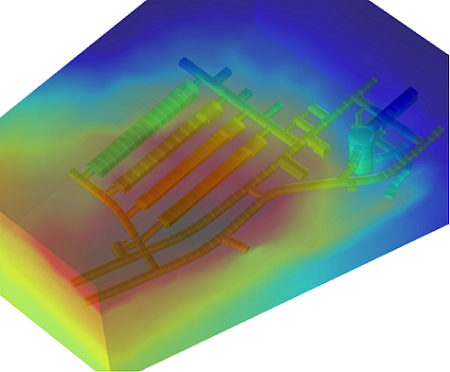
Amphos 21: Modeling Coupled Thermo-Hydro-Mechanical-Chemical Phenomena
A guest blogger from Amphos 21, a COMSOL Certified Consultant, discusses the company’s iCP technology for modeling coupled thermo-hydro-mechanical-chemical phenomena.

Piezoelectric Materials: Crystal Orientation and Poling Direction
Learn how to accurately model the crystal orientation and poling direction of a piezoelectric material in COMSOL Multiphysics®. We demonstrate how step by step…
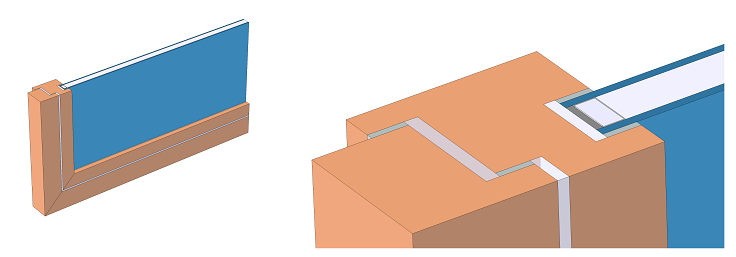
Simulating Thermal Performance in Windows
Windows must be able to keep heat out during the summer and heat in during the winter in order to keep the inside of a building at a comfortable temperature, a process called thermal insulation.

Computing and Controlling the Volume of a Cavity
See a method for modeling enclosed volumes containing incompressible fluids (under the additional assumption that the momentum and energy transfer via the fluid is small) in COMSOL Multiphysics®.
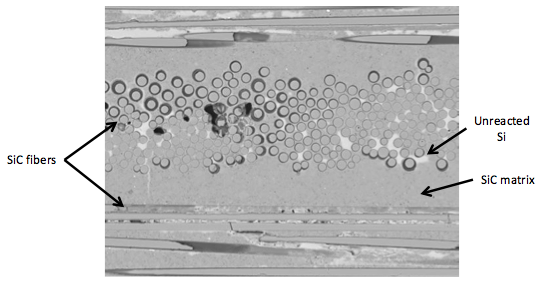
Multiphysics Analysis of Advanced Materials: Ceramic Matrix Composites
A guest blogger from AltaSim Technologies discusses ceramic matrix composites and how to accurately analyze the production of such an advanced material.

Modeling PSU Cooling with COMSOL
A forced convection cooling system, such as a PSU, is used for removing excess heat produced by electrical computer components. You can model this device in COMSOL Multiphysics®.
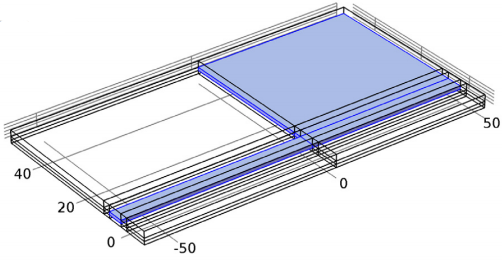
Simulating an RF MEMS Switch
An RF MEMS switch is typically made up of a micromechanical bridge or cantilever, a substrate, and an electrode or dielectric layer. You can design such a device using RF simulation.
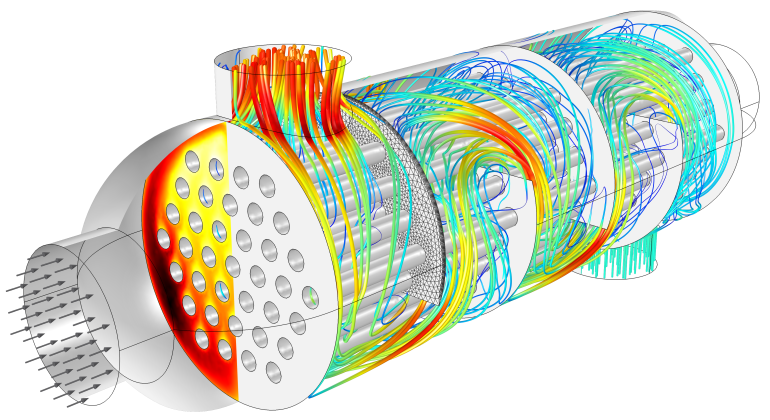
Conjugate Heat Transfer
Get an introduction to the concept of conjugate heat transfer and see some of its applications and modeling considerations.
